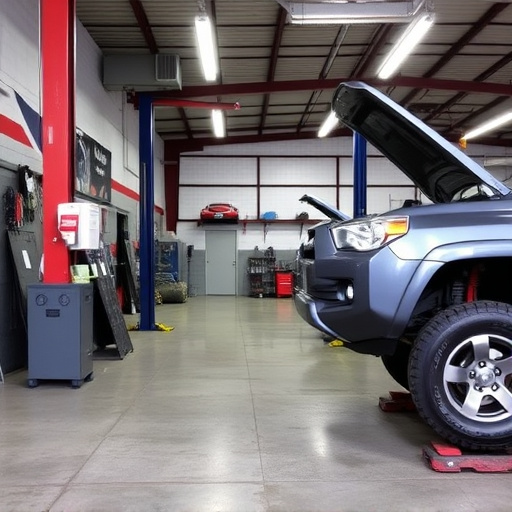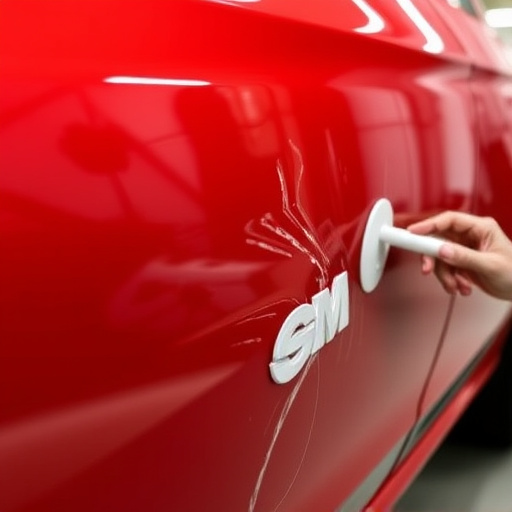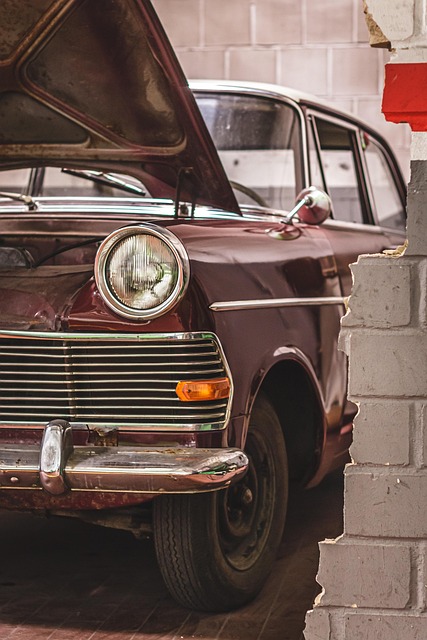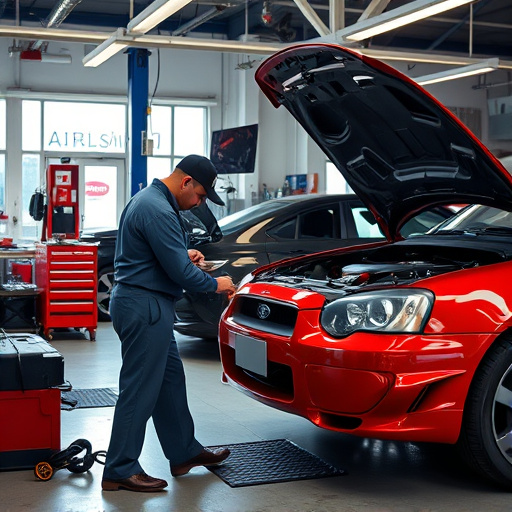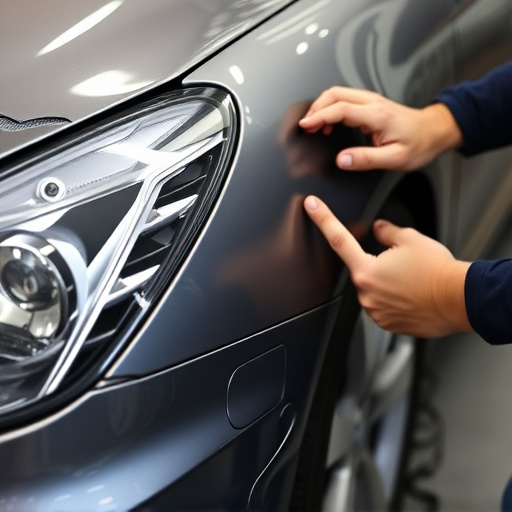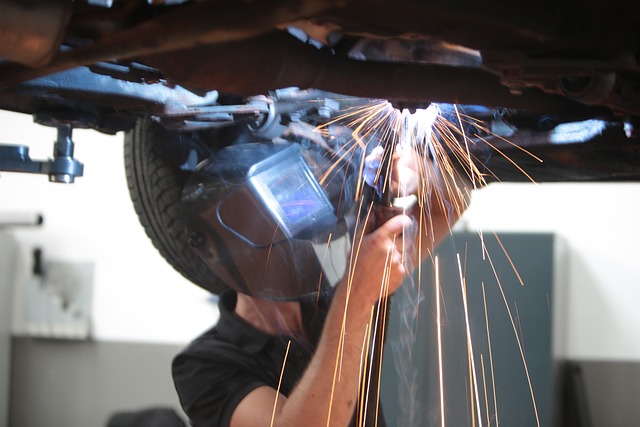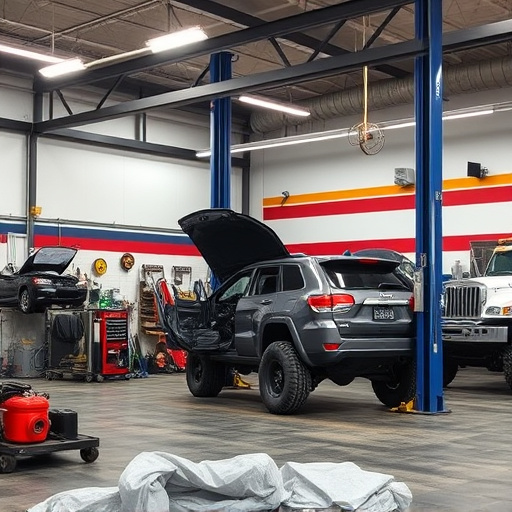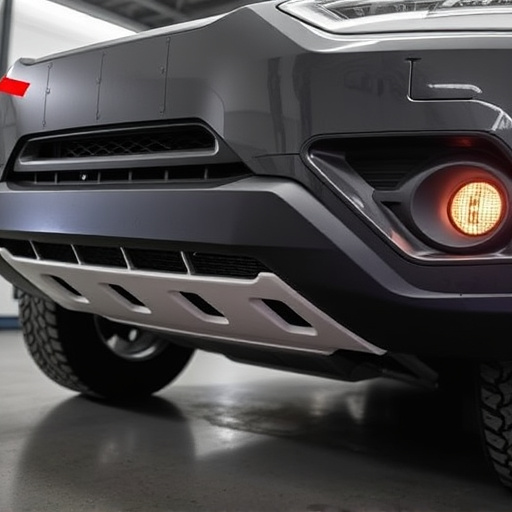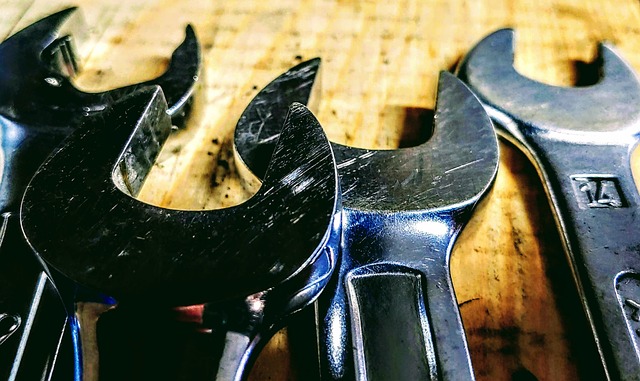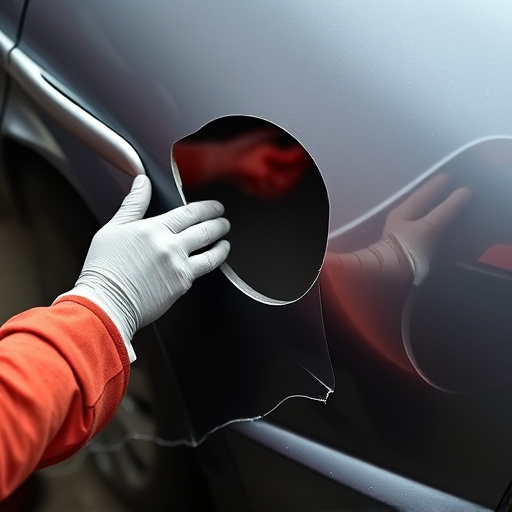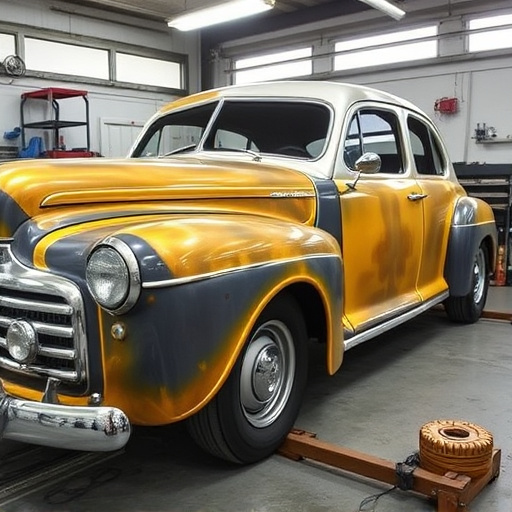After a collision, hidden interior damage, such as warped trim and detached padding, requires professional attention for accurate repair. Early recognition and proper cleaning are crucial. The process involves meticulous craftsmanship, color matching, and alignment with original specifications. Expert automotive services offer tailored solutions using mild soap, high-quality primer, and advanced drying techniques to restore interior trim, ensuring safety features and aesthetic integrity.
After a car collision, proper interior trim maintenance is crucial. This guide helps you navigate the process of repairing and restoring your vehicle’s interior after damage. We’ll first discuss understanding common interior trim issues caused by collisions. Next, we’ll provide detailed steps for cleaning and preparing the affected areas. Finally, we’ll share best practices for painting and restoring your interior trim to its pre-collision condition, ensuring a seamless and effective repair.
- Understanding Interior Trim Damage After a Collision
- Steps to Effectively Clean and Prepare the Surface
- Best Practices for Painting and Restoring Your Interior Trim
Understanding Interior Trim Damage After a Collision
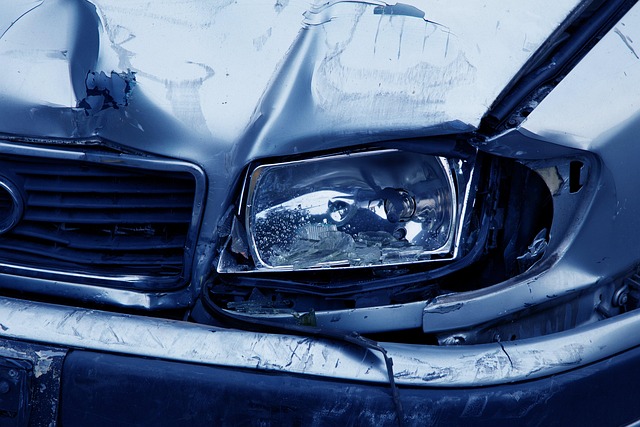
After a collision, it’s crucial to understand that interior trim damage can go beyond what meets the eye. While visible dents and scratches are immediate concerns, the interior components—from door panels to dashboard surfaces—may also sustain hidden damage. This is especially true if the impact was significant or if certain areas were compromised during the collision. Even minor fender benders can lead to warped trim pieces, detached padding, or dislodged hardware that require professional attention for proper repair and restoration.
Recognizing these potential issues early on is essential in ensuring comprehensive car body restoration. Interior trim repair involves meticulous craftsmanship and specialized knowledge to match colors, textures, and finishes accurately. It’s not just about replacing broken parts; it’s about aligning the fixed components with original specifications to maintain the vehicle’s aesthetic integrity and safety features. This is where professional automotive repair services shine, offering expert assessments and tailored solutions for effective interior trim collision repair.
Steps to Effectively Clean and Prepare the Surface
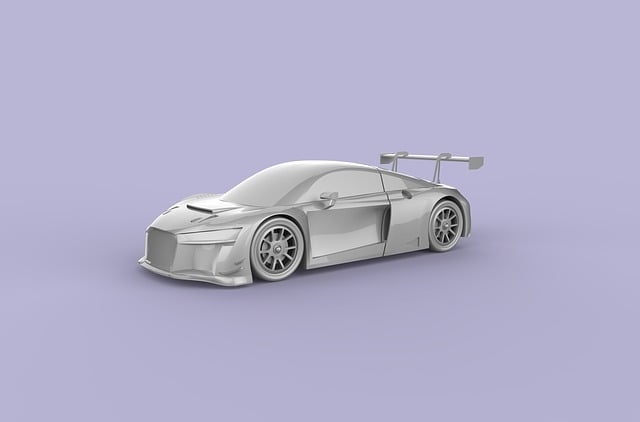
After your interior trim has been repaired following a collision, proper cleaning and preparation are essential steps to ensure long-lasting results. Begin by removing any loose debris or particles from the surface using a soft brush or vacuum cleaner. This careful initial step will help prevent further damage or staining.
Next, use a mild detergent and warm water solution to gently clean the trim. Avoid harsh chemicals or abrasive materials which can damage the finished look. Pay extra attention to hard-to-reach areas and seams. Rinse thoroughly with clean water, ensuring no soap residue is left behind. This meticulous cleaning process creates a suitable surface for auto body restoration and prepares your interior trim for any additional repairs or coatings applied by an automotive body shop.
Best Practices for Painting and Restoring Your Interior Trim

When it comes to painting and restoring your interior trim after a collision, following best practices ensures optimal results. Start by thoroughly cleaning the damaged areas to remove any dirt, debris, or remaining vehicle fluids. This step is crucial for achieving a smooth, long-lasting finish. Use mild soap and warm water, then dry the surface completely before proceeding.
For a professional Mercedes Benz repair approach, consider using high-quality primer specifically designed for interior trim restoration. This prepares the surface, fills minor imperfections, and provides a solid base for painting. Apply even coats with a fine brush or sprayer, allowing each layer to dry as recommended by the manufacturer. In an automotive collision center, experts often utilize advanced techniques like air compression drying to ensure precision and speed in the restoration process, resulting in a seamless blend with your vehicle’s existing trim.
Maintaining your vehicle’s interior trim after collision repair is crucial for a seamless restoration. By understanding potential damage, effectively cleaning surfaces, and adopting best practices for painting, you can ensure a high-quality outcome that matches the original specifications of your vehicle. Regular care and attention to detail will help preserve the integrity of your interior trim, keeping it looking as good as new for years to come. Remember, proper restoration techniques are key to achieving a satisfying and lasting repair.
